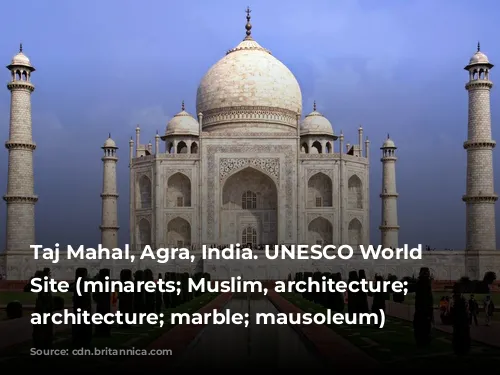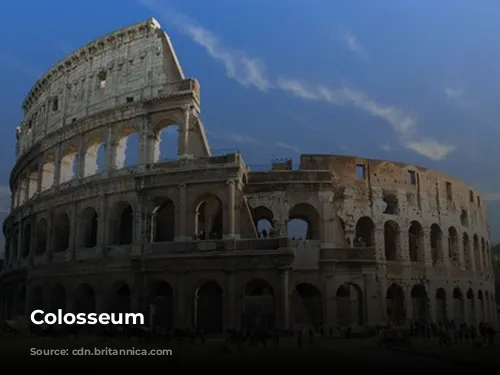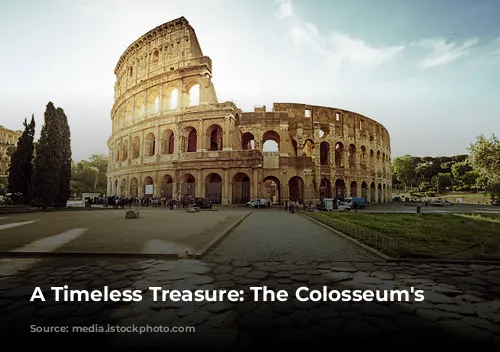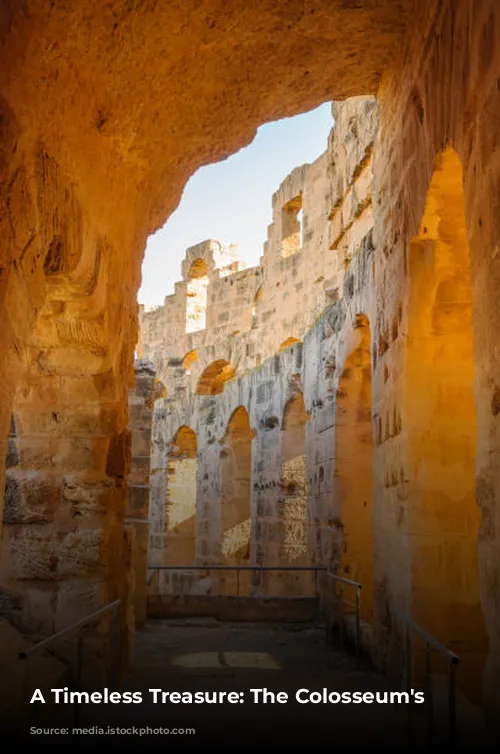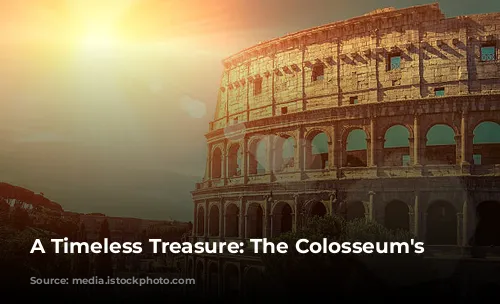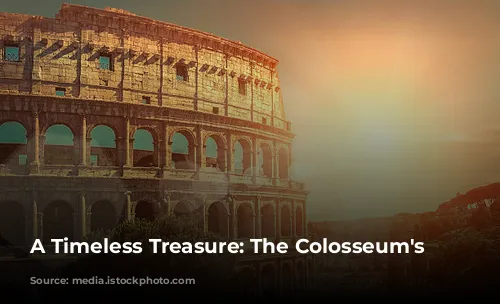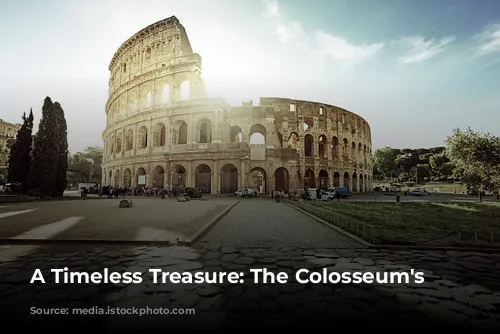The Colosseum stands as a monument to the architectural and engineering brilliance of ancient Rome. This remarkable structure, one of the few intact remnants from the Roman Empire, attracts millions of visitors every year, making it a major source of tourism revenue for the Italian government. In fact, in 2018, the Colosseum, Roman Forum, and Palatine Hill collectively generated over €53.8 million, making it the most lucrative tourist attraction in Italy.
This ancient amphitheater, built by the Flavian emperors, holds a fascinating history. Following the fall of the Western Roman Empire, the Colosseum fell into a state of serious disrepair. The Frangipane and Annibaldi families repurposed the arena as a fortress in the 12th century, and in the late 15th century, Pope Alexander VI allowed it to be used as a quarry. Sadly, the Colosseum endured over a thousand years of neglect before state-funded restoration efforts began in the 1990s.
A Symbol of Imperial Power
The Colosseum was built as a symbol of imperial power and revival following the chaotic “Year of the Four Emperors” in 69 CE. The emperor Vespasian, a man who rose from humble beginnings to the throne, envisioned the Colosseum as a spectacular entertainment venue. It was designed to host gladiatorial combats, animal hunts, and even mock naval battles, providing mass entertainment for the Roman populace.
The construction of the Colosseum began under Vespasian’s reign between 70 and 72 CE. The structure, completed and dedicated in 80 CE by Vespasian’s son and successor, Titus, stood as a testament to the imperial family’s power. Interestingly, the arena was financed with loot from Titus’s conquest of Jerusalem, and enslaved Jews from Judaea were forced to build it. The emperor Domitian added the fourth story in 82 CE, further solidifying the Colosseum’s status as a symbol of imperial might.
A Colossal Structure of Wonder
The Colosseum, also known as the Flavian Amphitheatre, is an elliptical structure made of stone, concrete, and tuff, standing four stories high. Measuring 620 by 513 feet, this colossal arena could accommodate up to 50,000 spectators. The Colosseum, famous for gladiatorial combats, stands as a reminder of the brutal entertainment that captivated the Roman world.
Built on the site of Nero’s Golden House, the Colosseum was strategically chosen as a symbol of renewal and publicity. The artificial lake, a centerpiece of Nero’s luxurious palace, was drained, and the Colosseum was built in its place, signifying a shift from tyrannical rule to a public arena. Unlike earlier amphitheaters, which were often built into hillsides for support, the Colosseum is a freestanding structure, showcasing the Romans’ mastery of engineering and construction. The structure’s three stories are adorned with arches and engaged columns, showcasing the Doric, Ionic, and Corinthian orders, a design that later inspired the Renaissance codification known as the assemblage of orders.
A Stage for Spectacle and Survival
The Colosseum’s massive retractable awning, known as the velarium, protected spectators from the sun’s glare. The awning, supported by masts extending from the top story, required the skill of hundreds of Roman sailors to operate. Within its walls, the Colosseum witnessed thousands of gladiatorial combats, man vs. beast encounters, and even mock naval battles. However, the Colosseum’s role in the martyrdom of early Christians remains uncertain.
The Colosseum’s story extends beyond the spectacles it hosted. In medieval times, it was used as a church and later as a fortress by the Frangipane and Annibaldi families. The Colosseum suffered from damage caused by lightning, earthquakes, vandalism, and pollution, leading to the loss of marble seats and decorative materials. For over a thousand years, the Colosseum was treated as a quarry. Fortunately, the 19th century saw the beginning of serious preservation efforts, and the 1990s witnessed a significant restoration project. Today, the Colosseum stands as one of Rome’s top tourist attractions, drawing millions of visitors annually.
The Colosseum’s enduring legacy as a symbol of Roman power, engineering prowess, and cultural spectacle continues to inspire awe and wonder in visitors from around the world. This timeless treasure reminds us of the enduring impact of ancient Rome and its lasting influence on the world.
